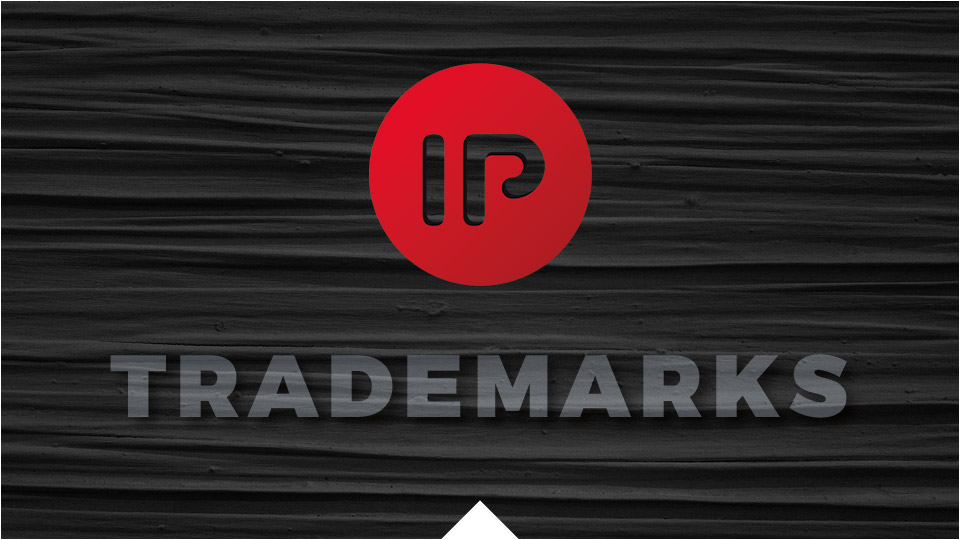Schweppes is a worldwide famous brand for tonic waters created in 1793. One trademark, one product, one origin? Not since the partial assignment of the trademark in several European Union countries (including the United Kingdom) to The Coca-Cola Company, while Schweppes International Ltd operates in other EU countries (including Spain).
That’s called parallel trademarks. Their origin, recent or old, is unique and common, but further to assignments, parallel trademarks are now owned and used by companies that are not economically linked and are even sometimes ruthless competitors.
On the one hand, each holder has exclusive rights to its own marks in its own countries. The markets are therefore separated since, in spite of their common origin, each mark fulfills its function to identify the current commercial origin of the goods.
On the other hand, once goods that legally bear a trade mark are placed on the market in the European Economic Area (EEA) by the proprietor or with its consent, the latter may not, relying on its right of exclusivity, oppose the subsequent movement of those goods (Article 7 of Directive 2008/95/EC of the European Parliament and of the Council of 22 October 2008 to approximate the laws of the Member States relating to trade marks). This is the principle of exhaustion of the right conferred by the mark, ensuring the balance between the territoriality of trademarks and the free movement of goods within the EU.
This principle is applied strictly, but the Court of Justice of the European Union has already ruled that exhaustion of the exclusive rights conferred by a trade mark can occur when the goods are put on the market by an operator that is economically linked to the trade mark proprietor, such as, inter alia, a licensee, or when the implied consent of the owner can be inferred from facts and circumstances prior to, simultaneous with or subsequent to that placing of the goods on the market which, in the view of the national court, unequivocally demonstrate that the proprietor has renounced its rights (CJEU, cases C-414/99 to C-416/99, 20 November 2001, Zino Davidoff and Levi Strauss).
In our case, Schweppes International initiated infringement proceedings against Red Paralela companies (The Coca-Cola Company group) in 2014, because of the sale in Spain of bottles of tonic water bearing the Schweppes trademark imported from the United Kingdom by The Coca-Cola Company, which has no connection with Schweppes International.
The defendants argued the exhaustion of Schweppes International trade mark rights by tacit consent, and asserted that there are legal and economic links between The Coca-Cola Company and Schweppes International due to the common exploitation of the Schweppes brand as a “universal mark”.
The Spanish court basically referred the following questions to the Court of Justice for a preliminary ruling:
“Can the proprietor of a trade mark in one or more Member States prevent the parallel importing or marketing of goods coming from another Member State which bear a trade mark that is identical or practically identical and is owned by a third party, when:
- The said proprietor has promoted a global trade mark image that is associated with the Member State from which originate the goods of which it intends to prohibit the importation?
- The registered proprietors maintain throughout the EEA a global trade mark image which gives rise to confusion in the minds of average consumers concerning the commercial origin of the goods?
- When at least in another Member State where it is not the owner of the trade mark, the said proprietor has expressly or tacitly consented to the importation of those same goods?”
And “are the relations between the owners relevant when:
- They maintain intense commercial and economic relations, although there is no strict dependency between them regarding the joint exploitation of the trade mark;
- And in addition, they maintain a coordinated trade mark strategy deliberately promoting vis-à-vis the relevant public an appearance or image of a single and global trade mark?”
The Court of Justice (20 December 2017, Case C-291/16, Schweppes SA v/ Red Paralela) ruled that the proprietor of a national trade mark is precluded “from opposing the import of identical goods bearing the same mark originating in another Member State in which that mark, which initially belonged to that proprietor, is now owned by a third party which has acquired the rights thereto by assignment, when, following that assignment,
- The proprietor, either acting alone or maintaining its coordinated trade mark strategy with that third party, has actively and deliberately continued to promote the appearance or image of a single global trade mark, thereby generating or increasing confusion on the part of the public concerned as to the commercial origin of goods bearing that mark, or
- There exist economic links between the proprietor and that third party, inasmuch as they coordinate their commercial policies or reach an agreement in order to exercise joint control over the use of the trade mark, so that it is possible for them to determine, directly or indirectly, the goods to which the trade mark is affixed and to control the quality of those goods.”
Thus, even in the absence of any economic link between parallel trademarks owners in the European Union, owing to the existence of close commercial relations creating a single and global brand image in the eyes of the public, the exclusive rights of each trademark holder might be exhausted.
In other words, as a trademark owner, you cannot try and benefit from a global and worldwide brand image on the one hand, and still want to prevent the goods bearing the same brand and legally sold in other countries from circulating freely throughout the EU on the other hand.
© [INSCRIPTA]


